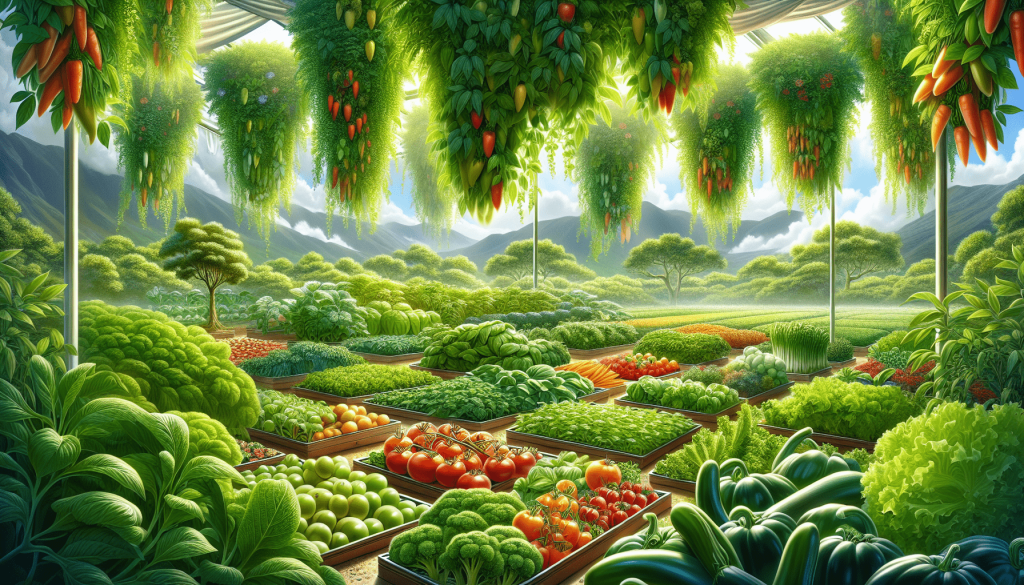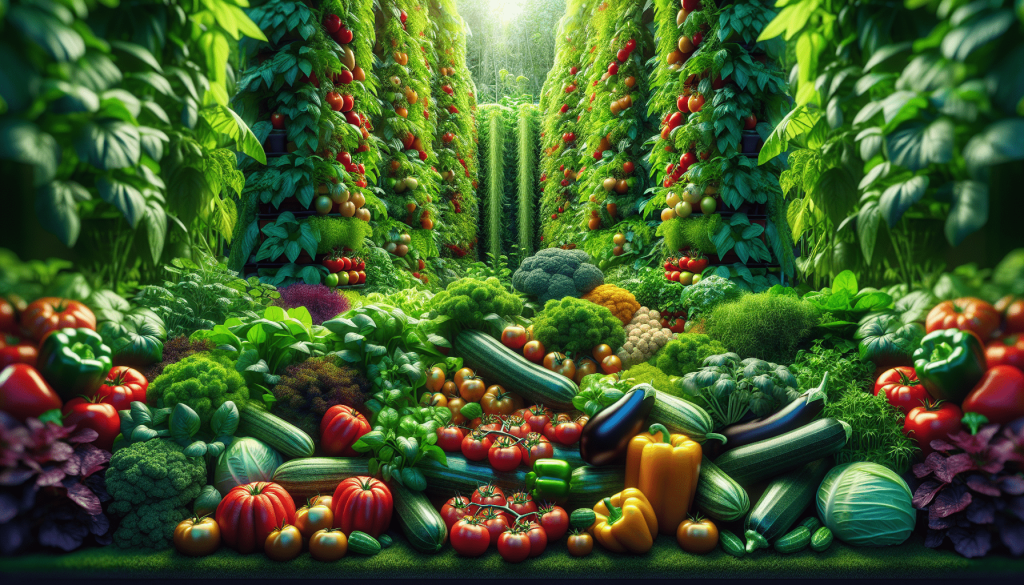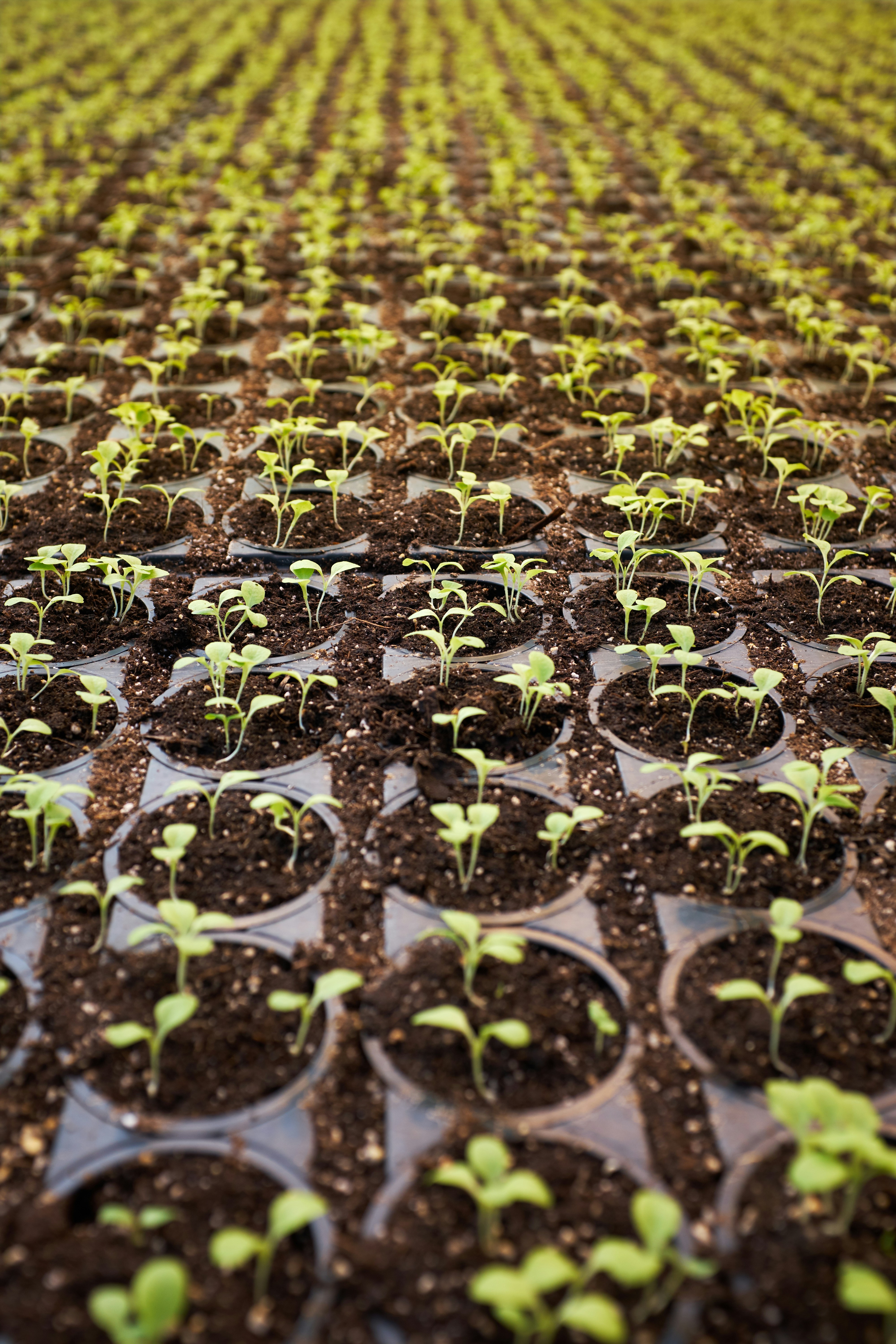
Introduction to Hydroponic Systems
If you are looking to maximize your yield in hydroponic systems, you are in the right place! Hydroponic growing systems are a modern and efficient way to cultivate plants without soil. By providing essential nutrients directly to the plant roots, hydroponics can boost growth and production significantly. In this article, we will discuss various techniques and strategies to help you get the most out of your hydroponic setup.
Understanding Hydroponic Systems
To maximize yield in hydroponic systems, it is crucial to understand how these systems work. Hydroponics is a method of growing plants in a nutrient-rich water solution without using soil. Instead of relying on soil to deliver nutrients to plants, hydroponic systems deliver a precisely controlled nutrient solution directly to the roots. This allows plants to absorb nutrients more efficiently and grow faster than traditional soil-based methods.
Choosing the Right Hydroponic System
Selecting the right hydroponic system is essential for maximizing yield. There are several types of hydroponic systems available, each with its advantages and disadvantages. Consider factors such as space, budget, and the type of plants you want to grow when choosing a system. Some popular hydroponic systems include:
Deep Water Culture (DWC)
DWC systems suspend plant roots in a nutrient-rich solution, promoting rapid growth. This system is easy to set up and maintain, making it ideal for beginners. However, oxygen levels in the water must be carefully monitored to avoid root rot.
Nutrient Film Technique (NFT)
NFT systems use a shallow stream of nutrient solution that continuously flows over plant roots. This system is highly efficient and suitable for growing leafy greens and herbs. However, clogging can be an issue, requiring regular maintenance.
Ebb and Flow (Flood and Drain)
In ebb and flow systems, nutrient solution is periodically flooded and drained from the growing area. This system provides ample oxygen to plant roots and is suitable for a wide variety of crops. However, proper drainage is essential to prevent waterlogging.
Choosing the right hydroponic system that suits your needs and growing goals will play a significant role in maximizing yield.
Providing Adequate Light and Temperature Control
Light and temperature are crucial factors that affect plant growth and yield in hydroponic systems. Providing adequate light intensity and maintaining optimal temperatures will help plants thrive and produce abundant harvests.
Light Requirements
Plants need light to photosynthesize and grow. In hydroponic systems, artificial lights such as LEDs or high-intensity discharge (HID) lamps are commonly used to provide the necessary light spectrum for plant growth. Ensure that your plants receive at least 14-16 hours of light per day for optimal growth. Adjust the light intensity and duration based on the plant’s growth stage to maximize yield.
Temperature Control
Maintaining the right temperature is essential for plant health and productivity. Most plants thrive in temperatures between 65-75°F (18-24°C) during the day and slightly lower temperatures at night. Use a thermometer to monitor the temperature inside your hydroponic system and make adjustments as needed. Avoid temperature extremes, as they can stress plants and reduce yield.
Providing the right light intensity and temperature control will create an ideal environment for plant growth and maximize yield in your hydroponic system.

Monitoring and Adjusting Nutrient Levels
Nutrient management is a critical aspect of maximizing yield in hydroponic systems. Monitoring and adjusting nutrient levels regularly will ensure that plants receive the essential elements needed for healthy growth and development.
Essential Nutrients
Plants require several essential nutrients to grow, including nitrogen, phosphorus, potassium, calcium, magnesium, and micronutrients. These nutrients must be present in the right proportions to promote optimal growth and maximize yield. Invest in a quality hydroponic nutrient solution that contains all the necessary elements for plant health.
pH Level Monitoring
Maintaining the correct pH level is crucial for nutrient uptake and plant growth. Most plants prefer a slightly acidic pH range of 5.5-6.5. Use a pH meter or test kit to monitor the pH of your nutrient solution regularly. Adjust the pH level as needed by adding pH up or pH down solutions to maintain optimal conditions for plant growth.
EC/TDS Levels
Electrical conductivity (EC) and total dissolved solids (TDS) are indicators of nutrient concentration in the solution. Monitoring EC/TDS levels will help you determine the strength of your nutrient solution and adjust it accordingly. Keep EC levels within the recommended range for your plant species to prevent nutrient deficiencies or toxicities.
Regularly monitoring and adjusting nutrient levels, pH, and EC/TDS will ensure that your plants receive the right balance of nutrients for maximum yield in your hydroponic system.

Implementing Proper Plant Care Practices
Caring for your plants properly is essential for maximizing yield in hydroponic systems. Follow these plant care practices to keep your plants healthy and productive.
Regular Inspection
Inspect your plants regularly for signs of nutrient deficiencies, pests, or diseases. Look for yellowing leaves, stunted growth, or unusual spots on plant leaves. Early detection of problems will allow you to address them promptly and prevent them from affecting your harvest.
Pruning and Training
Pruning and training plants will help maintain airflow and light penetration, promoting healthy growth and maximizing yield. Trim excess foliage, remove dead or damaged leaves, and train plants to grow in the desired direction. Pruning and training will also help prevent overcrowding and improve overall plant health.
Watering and Feeding
Proper watering and feeding are essential for plant health and productivity. Ensure that your plants receive an adequate amount of water and nutrient solution according to their growth stage. Avoid overwatering, as it can lead to root rot, and underwatering, which can cause nutrient deficiencies. Follow a consistent watering and feeding schedule to maintain plant health and maximize yield.
By implementing proper plant care practices, you can ensure that your plants thrive and produce abundant harvests in your hydroponic system.

Harvesting and Storage Tips
Harvesting your crops at the right time and storing them properly is crucial for maximizing yield in hydroponic systems. Follow these tips to ensure a bountiful harvest and long-lasting produce.
Harvesting
When harvesting your crops, pick them at the peak of ripeness for the best flavor and nutrition. Use clean, sharp scissors or shears to cut the stems cleanly without damaging the plant. Harvest leafy greens and herbs frequently to encourage new growth and maximize yield.
Storage
Proper storage will help prolong the shelf life of your produce and maintain its freshness. Wash and dry harvested crops thoroughly before storing them in airtight containers or bags. Store leafy greens in the refrigerator crisper drawer to keep them crisp and fresh. Use harvested herbs immediately or store them in a jar with water to keep them hydrated and flavorful.
Following proper harvesting and storage tips will help you make the most of your hydroponic harvest and enjoy fresh produce for longer.

Conclusion
Maximizing yield in hydroponic systems requires careful attention to various factors such as choosing the right system, providing adequate light and temperature control, monitoring and adjusting nutrient levels, implementing proper plant care practices, and following harvesting and storage tips. By following the strategies outlined in this article, you can optimize your hydroponic system for maximum yield and enjoy a bountiful harvest of fresh, nutritious produce. Happy growing!











